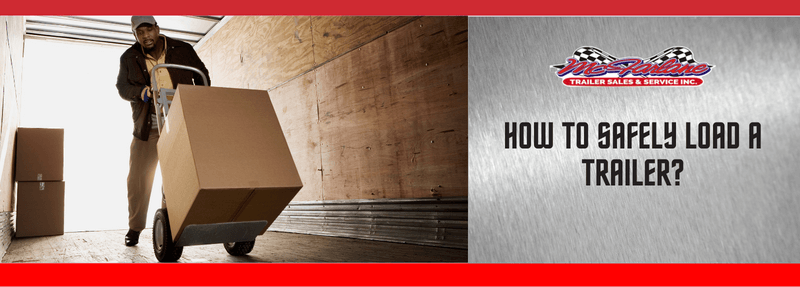 Whether you own or are looking to purchase utility trailers or any trailer, knowing how to load correctly is crucial to safe hauling. Improper loading can create risks to the trailer, equipment, driver, and other people on the road. Before you invest in a trailer, ensure you understand the fundamentals of loading.
Whether you own or are looking to purchase utility trailers or any trailer, knowing how to load correctly is crucial to safe hauling. Improper loading can create risks to the trailer, equipment, driver, and other people on the road. Before you invest in a trailer, ensure you understand the fundamentals of loading.McFarlane Trailers Sales: How To Safely Load A Trailer
February 20, 2023 by
 Whether you own or are looking to purchase utility trailers or any trailer, knowing how to load correctly is crucial to safe hauling. Improper loading can create risks to the trailer, equipment, driver, and other people on the road. Before you invest in a trailer, ensure you understand the fundamentals of loading.
Whether you own or are looking to purchase utility trailers or any trailer, knowing how to load correctly is crucial to safe hauling. Improper loading can create risks to the trailer, equipment, driver, and other people on the road. Before you invest in a trailer, ensure you understand the fundamentals of loading.
